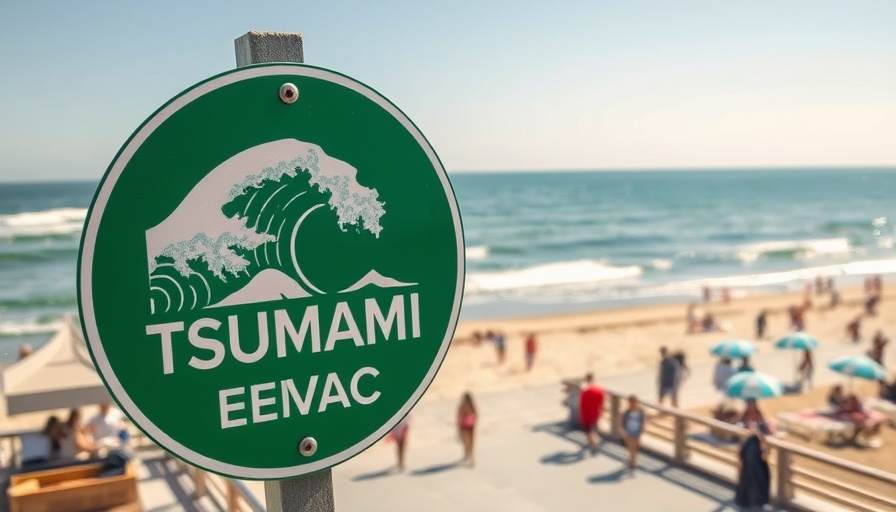
A Journey for a Cause: Exploring 50 States in 50 Days
In a heartwarming initiative, beloved YouTuber and travel enthusiast, [Insert YouTuber's Name], has proven that adventure can also fuel compassion. By visiting 50 unique Airbnbs across all 50 states within just 50 days, they raised a substantial $10 million for St. Jude Children's Research Hospital. This exceptional feat not only showcases the beauty of diverse landscapes but also emphasizes the life-changing impact of community engagement in funding groundbreaking research and treatment for children battling cancer.
Uniting Communities Through Travel and Charity
This inspiring journey goes beyond just visiting picturesque vacation homes; it brings people together and fosters a sense of community. Fans from various states were invited to engage with the effort, spreading awareness about childhood cancer and the invaluable support offered by St. Jude’s. This unique combination of travel and altruism not only contributes to lifesaving treatments but also inspires similar grassroots movements across the nation. The ripple effect of this project encourages others to participate in charitable events, raising both funds and spirits wherever they travel.
Behind the Scenes: The Power of Influence
What makes this initiative truly impactful is the genuine connection between the YouTuber and their audience. Their enthusiastic storytelling not only highlights their adventures but also frames the broader narrative of hope and healing associated with St. Jude's work. Such personal engagement transforms viewers into supporters, showcasing how one person’s influence can turn into collective action for a significant cause.
Future Trends: Harnessing Social Media for Good
This remarkable feat serves as a model for how social media can be used as a powerful tool to rally support for important issues. With the rise of influencer-led campaigns, we can expect to see more creative fundraising ideas that leverage personal stories to drive engagement and encourage donations. The future of charity might very well hinge on the ability to intertwine personal journeys with communal efforts, reinforcing that everyone has a part to play in creating a brighter future.
Frequently Asked Questions About St. Jude and Fundraising
Why is St. Jude Children's Research Hospital so unique?
St. Jude is renowned for its commitment to treating children with cancer and other serious diseases, with the mission that no family ever pays for treatment, travel, housing, or food.
How can I contribute to similar charity initiatives?
Getting involved can be as simple as participating in local events, donating to reputable foundations, or even leveraging your social media platforms to raise awareness. Joining forces with grassroots movements can amplify influence dramatically.
The Emotional Journey of Giving Back
Ultimately, the impact of initiatives like [YouTuber's Name]’s travels reaches far beyond monetary donations. It fosters a global mindset that values empathy, community, and connection. As more individuals witness the success stories that come from acts of kindness, they too feel inspired to contribute their time and resources. This is the essence of humanity: a shared commitment to uplift one another, especially the most vulnerable among us.
As we reflect on this journey, let's remember that every small action matters. Whether it's through travel, storytelling, or simply sharing moments about causes we care about, we all have the power to make a difference!
 Add Row
Add Row  Add
Add 




Write A Comment